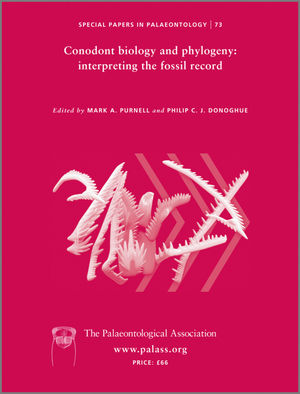Reg. Charity No. 1168330

The evolution of early Palaeozoic conodont faunas shows a clear connection to sea-level changes. One way that this connection manifests itself is that thick successions of carbonates are missing beneath major sequence boundaries due to karstification and erosion. From this observation arises the question of how many taxa have been lost from different conodont lineages in these incomplete successions. Although many taxa suffered extinction due to the environmental stresses associated with falling sea-levels, some must have survived in these extreme conditions. The number of taxa missing in the early Palaeozoic tropics always will be unclear, but it will be even more difficult to evaluate the missing record in detrital successions of higher latitudes. A common pattern in the evolution of Cambrian–Ordovician conodont lineages is appearances of new species at sea-level rises and disappearances at sea-level drops. This simple picture can be complicated by intervals that consistently have no representatives of a particular lineage, even after extensive sampling of the most complete sections. Presumably the lineages survived in undocumented refugia. In this paper, we give examples of evolution in Cambrian–Ordovician shallowmarine conodont faunas and highlight problems of undiscovered or truly missing segments of lineages.